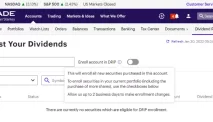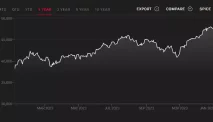Some of the popular ETFs that track mid cap growth indexes are the iShares Russell Mid-Cap Growth ETF (IWP), which follows the Russell Midcap Growth Index; the SPDR S&P 400 Mid Cap Growth ETF (MDYG), which follows the S&P MidCap 400 Growth; and the Invesco S&P MidCap 400 Pure Growth ETF (RFG), which follows a subset of the S&P MidCap 400 Growth that exhibits the strongest growth characteristics.
Mutual funds
Mutual funds are pooled investment vehicles that invest in a portfolio of securities, such as mid cap growth stocks, and are managed by a professional fund manager. Mutual funds offer a more active and customized way to invest in a mid cap growth index, as they allow investors to benefit from the fund manager’s expertise, research, and analysis. Mutual funds also offer diversification, as they typically hold a large number of stocks across different sectors and industries.
However, mutual funds also have some drawbacks, such as higher fees and expenses, lower liquidity, and potential tax implications. Some of the well-known mutual funds that invest in mid cap growth stocks are the T. Rowe Price Mid-Cap Growth Fund (RPMGX), which seeks to provide long-term capital growth by investing in companies with strong growth prospects and competitive advantages; the Fidelity Mid Cap Growth Fund (FMAGX), which aims to achieve capital appreciation by investing in companies that have above-average growth potential and reasonable valuations; and the Vanguard Mid-Cap Growth Fund (VMGRX), which strives to provide long-term capital appreciation by investing in companies that are expected to grow faster than other mid-sized companies.
Individual stocks
Individual stocks are shares of ownership in a single company, such as a mid cap growth company. Individual stocks offer a more direct and selective way to invest in a mid cap growth index, as they allow investors to choose the specific companies that they believe have the best growth prospects and potential. Individual stocks also offer higher returns, as they can capture the full upside of a company’s performance and valuation.






